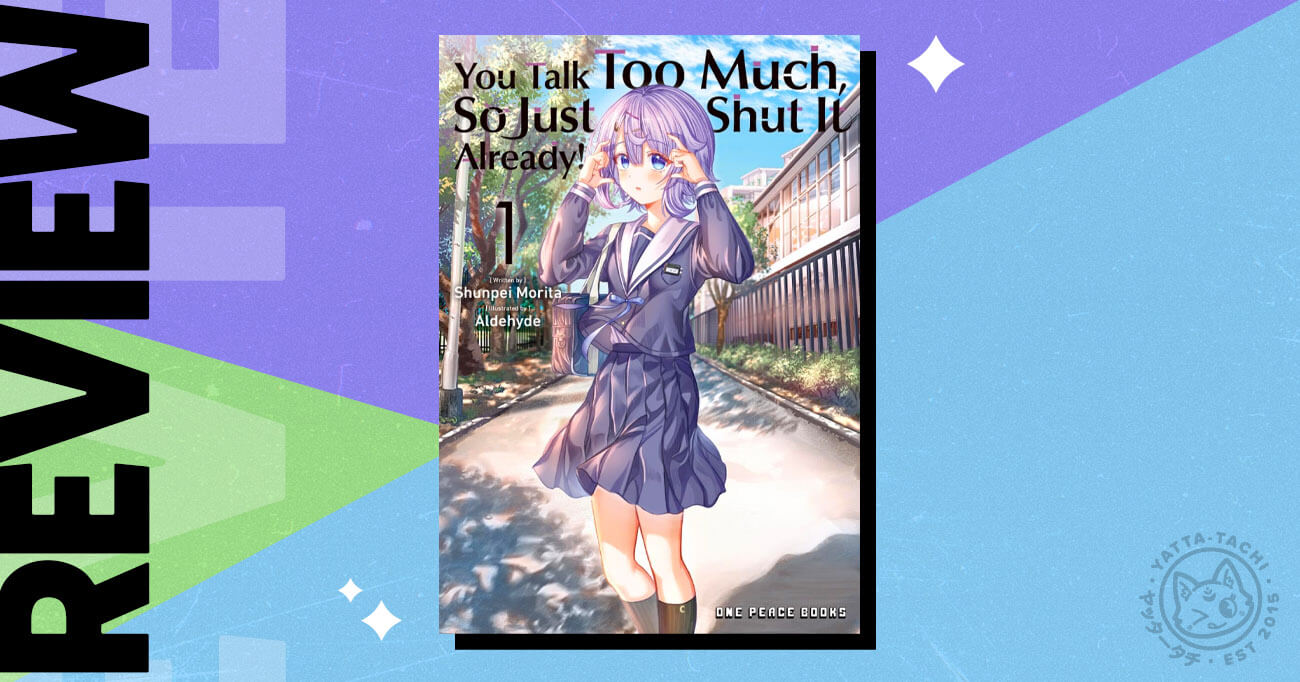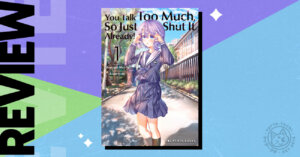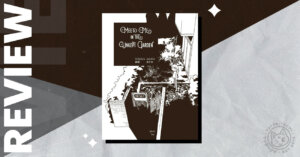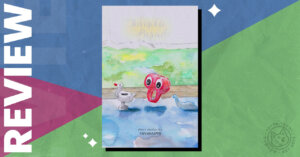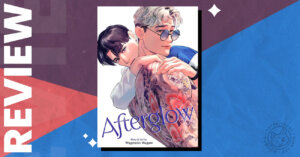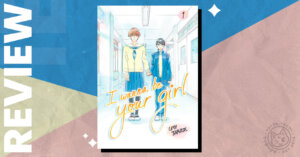Content warning: Everyday Ableism
Synopsis
It’s always difficult transferring to a new middle school, and it’s even more difficult when you’re the only d/Deaf pupil! So is the story of Tsukino Hiiragi. Her classmates are very welcoming, though, and none more so than her seating neighbor Taiyo Enomoto. The pair are such night and day, even their names mean “sun” (Taiyo) and “moon” (Tsuki)! Hiiragi is shy and nervous to interact with others, meanwhile, Enomoto leaps into action and starts jabbering away the moment they meet.
In a moment of complete overconfidence, Enomoto tells Hiiragi that he too knows Sign Language! However, the truth is far from it. Enomoto is only convinced that he can understand Sign because it’s just interpreting gestures (right?), and with enough passion and dedication, he can totally power through that! Who needs to study, anyway?
And so begins a tale of miscommunication, burgeoning crushes, and kooky classmates!
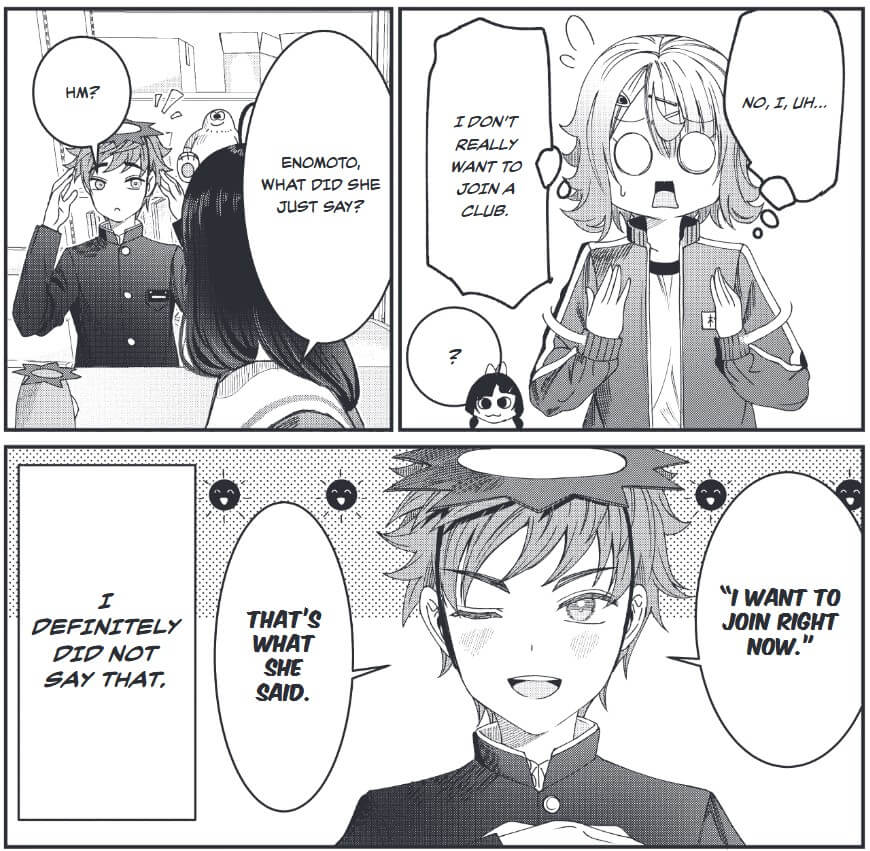
The Good
Aldehyde’s art style is very cute and fun, and they have a great knack for facial expressions. The over-the-top expressions added to both the humor and the characterization. Hiiragi is undoubtedly our protagonist, with a rich inner monologue that lets her be her own person. Whilst it’s still a fish-out-of-water story, it’s clear that the comedy used here is her being the only “normal” one in a school full of oddballs. Her friendship with Sakura is also very sweet, the character acting as a great contrast to Enomoto in terms of her understanding and willingness to learn. There’s also some potential for queer representation, as Sakura expresses her fondness for Hiiragi in the exact same way Enomoto does. The series was also overseen by the Japanese Federation of the Deaf, meaning that there were d/Deaf voices involved in the production and that the Sign Language is accurate and well drawn (when meant to be correct).

The Bad
The series aims for comedic and charming but misses by a mile. Enomoto’s antics were completely exhausting, as the same “joke” was repeated again and again without any comment. The wilful dismissal of Sign Language as just easy gestures isn’t challenged and instead played just for laughs. Events where so-called interpreters have lied about their credentials, such as at Nelson Mandela’s funeral, are still fresh in people’s minds. It therefore feels in completely bad taste to try and turn this concept into the start of a silly romcom. I didn’t find it funny or charming, I just found it offensive.
It wasn’t helped by the translation either, which was rather stiff. Instead of doing what comedy manga usually does by punching up the script and changing things around so that jokes can land, the series tried to keep to a one-to-one translation as much as possible. By keeping in Japanese words, the series also retains “false friends” that reduce readability even more, for example, “oboe” which is “learn/remember” in Japanese, but a musical instrument in English. This approach to translation meant it was difficult to tell what was supposed to be happening, and left in too many unexplained cultural references. Which was especially bad for a comedy manga. If it were something that was specifically grounded in Japanese cultural practices, I would have been fine with it. But having jokes about different dialects when everyone is speaking in the same voice in English does not make any sense, and ruins any humour that might have been there.
The lettering was equally frustrating, with plenty of sins committed throughout, such as overcrowded bubbles, ill-placed translation notes and subtitles, and an over-reliance on automatic formatting, resulting in poor readability. Which is ironic, given that this is a series that’s accessible to Hard of Hearing people because it’s visual, but is made inaccessible because of how difficult and uncomfortable it is to read.
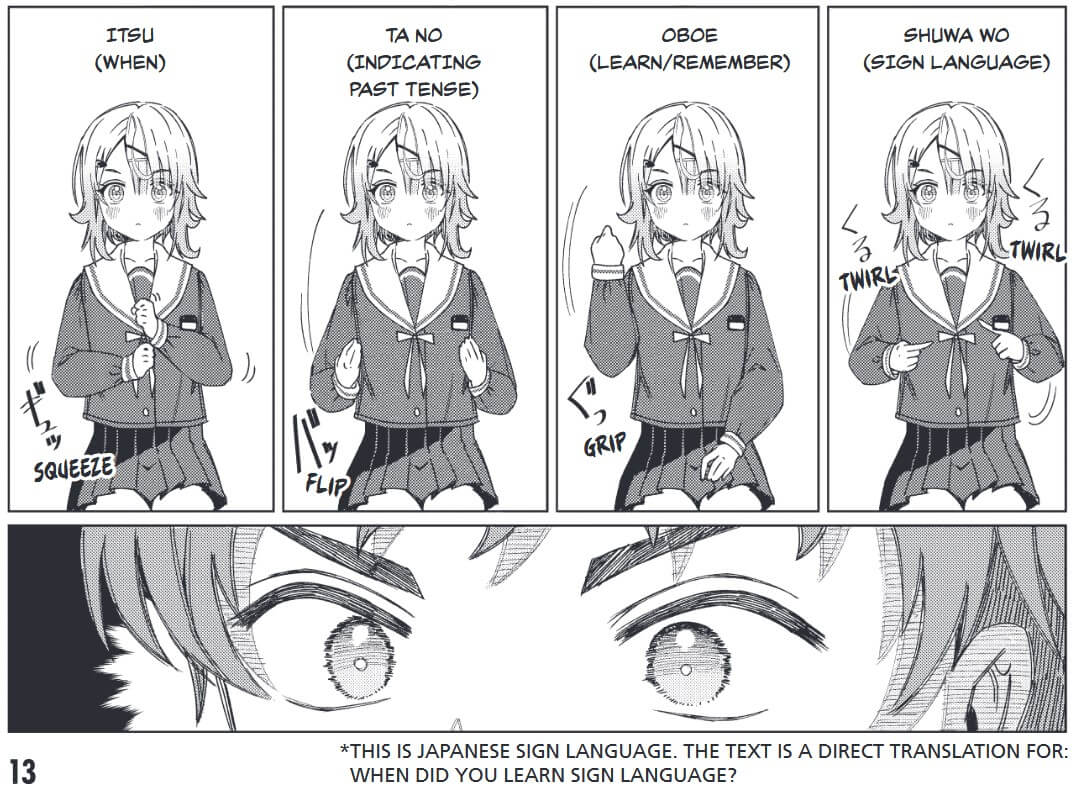
The Verdict
You Talk Too Much So Just Shut It Already doesn’t have a lot to offer. Hiiragi is at least a loveable protagonist whose wallflower tendencies are in line with other romcoms. Whilst she wasn’t the butt of any particularly insensitive jokes, the manga’s base concept did not work for me. The so-called joke got old very quickly, and the way it was never challenged with more than a chuckle and an eye roll just came off as insensitive and offensive. It’s rare to get disability representation in Pop Culture, so I’m glad that One Peace Books took the chance to publish it, but I just feel that if it was seeking to feel representative, it failed in that mission.
I did not swoon. I did not laugh. It absolutely fails as a romcom.
You can buy You Talk Too Much, So Just Shut It Already Volume 1 on Amazon, Bookshop, and Barnes & Noble.
If you liked You Talk Too Much, So Just Shut It Already, you may also like:
- The Invisible Man and His Soon to Be Wife
- Love’s In Sight
- My Love Mix-Up
Credits
Written by Shunpei Morita
Illustrated by Aldehyde
Translated by Jordan Taylor
English Edition Published by One Peace Books 2025
Thank You to One Peace Books for providing an advanced review copy of this manga. Receiving this advanced copy had no impact on this reviewer’s opinions.

Featured Sponsor - JAST
The sweetest romance and the darkest corruption, the biggest titles and the indie darlings; for visual novels and eroge, there's nowhere better.
Big thank you to our supporters
From their continous support, we are able to pay our team for their time and hard work on the site.
We have a Thank-You page dedicated to those who help us continue the work that we’ve been doing.
See our thank you page